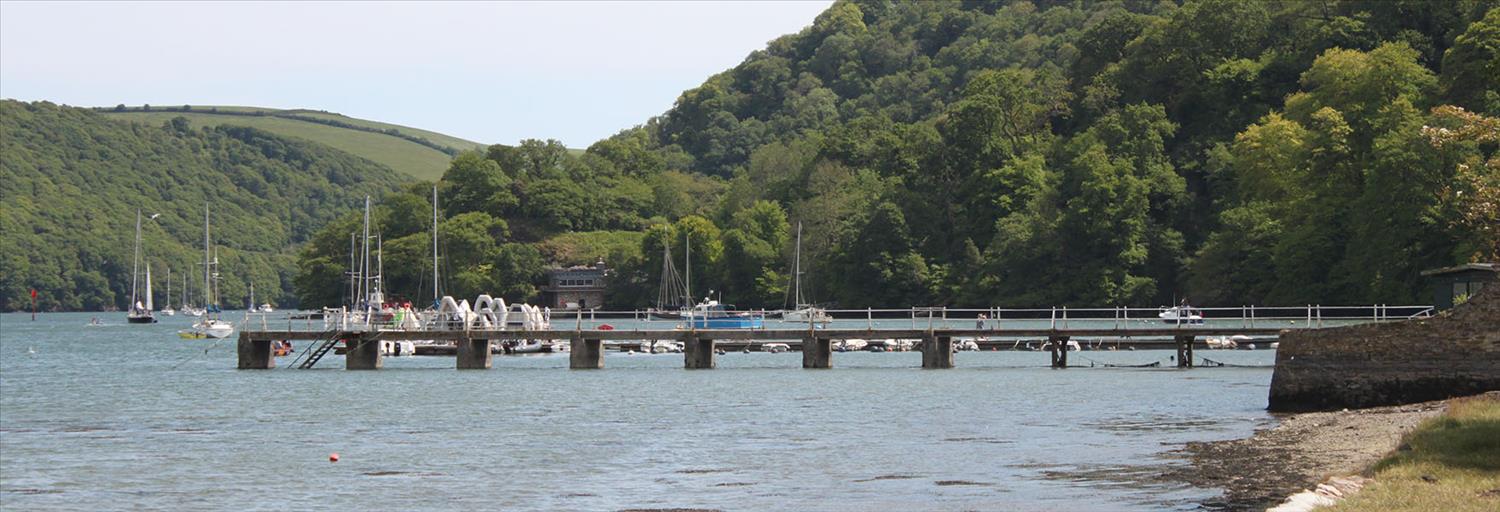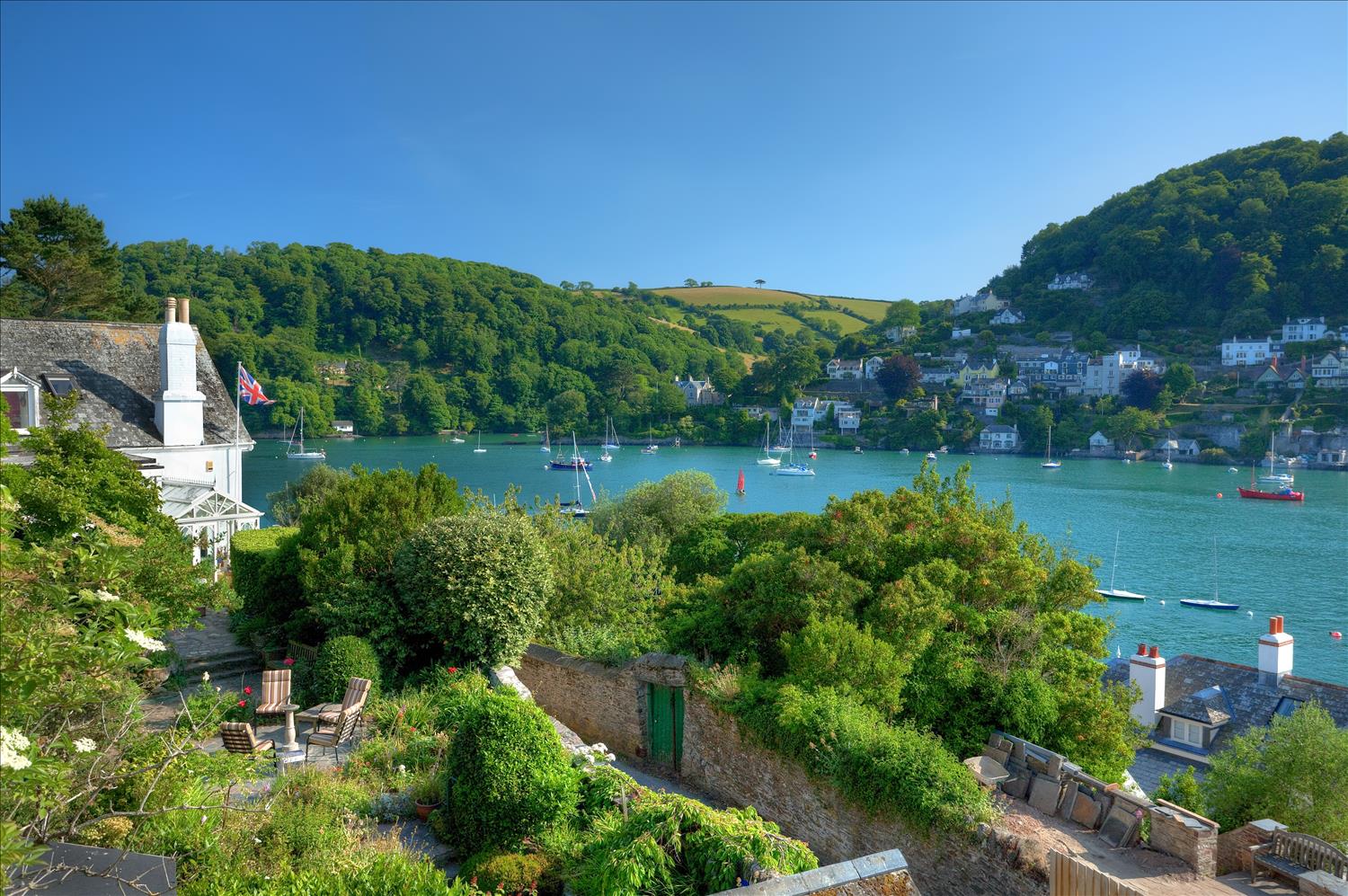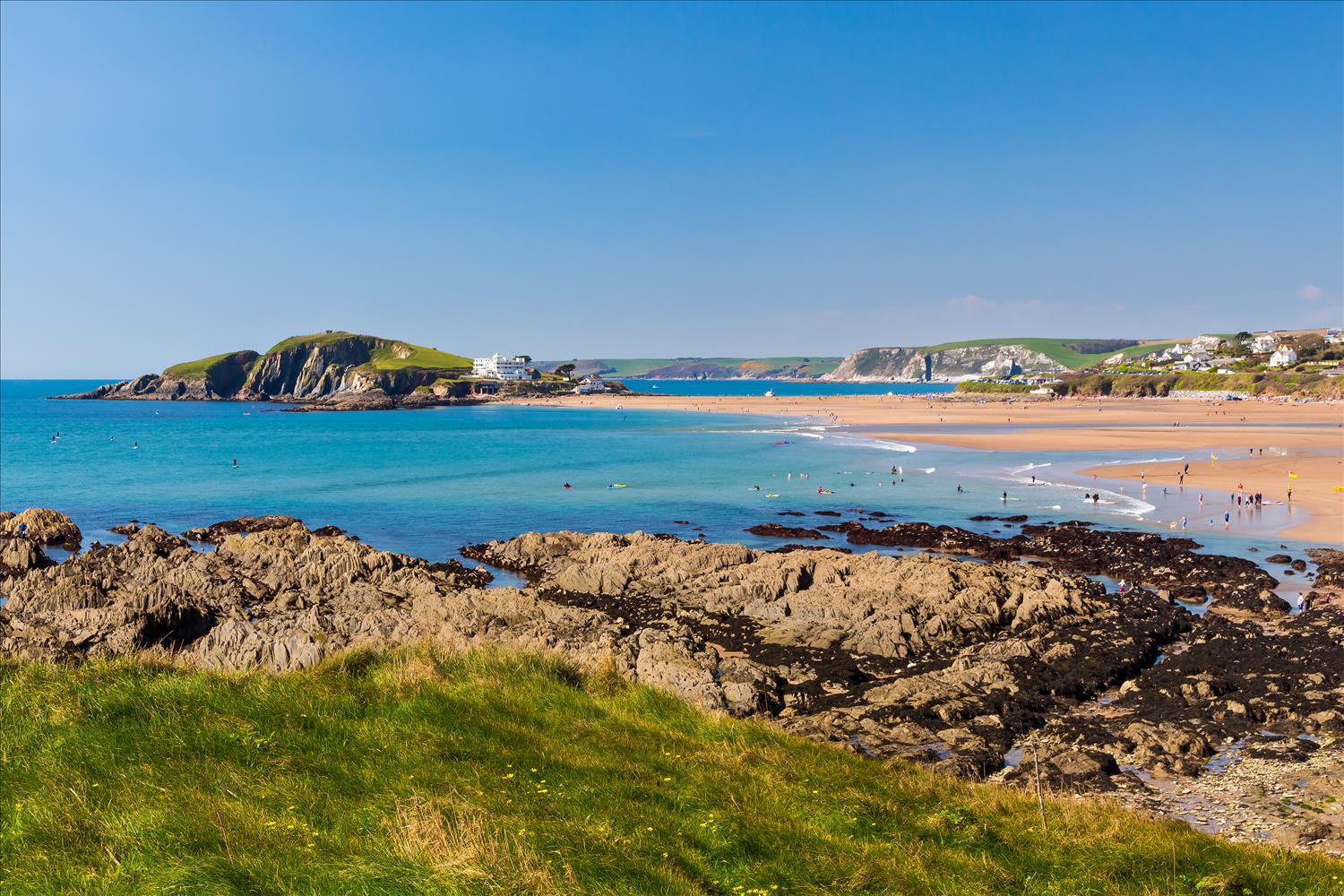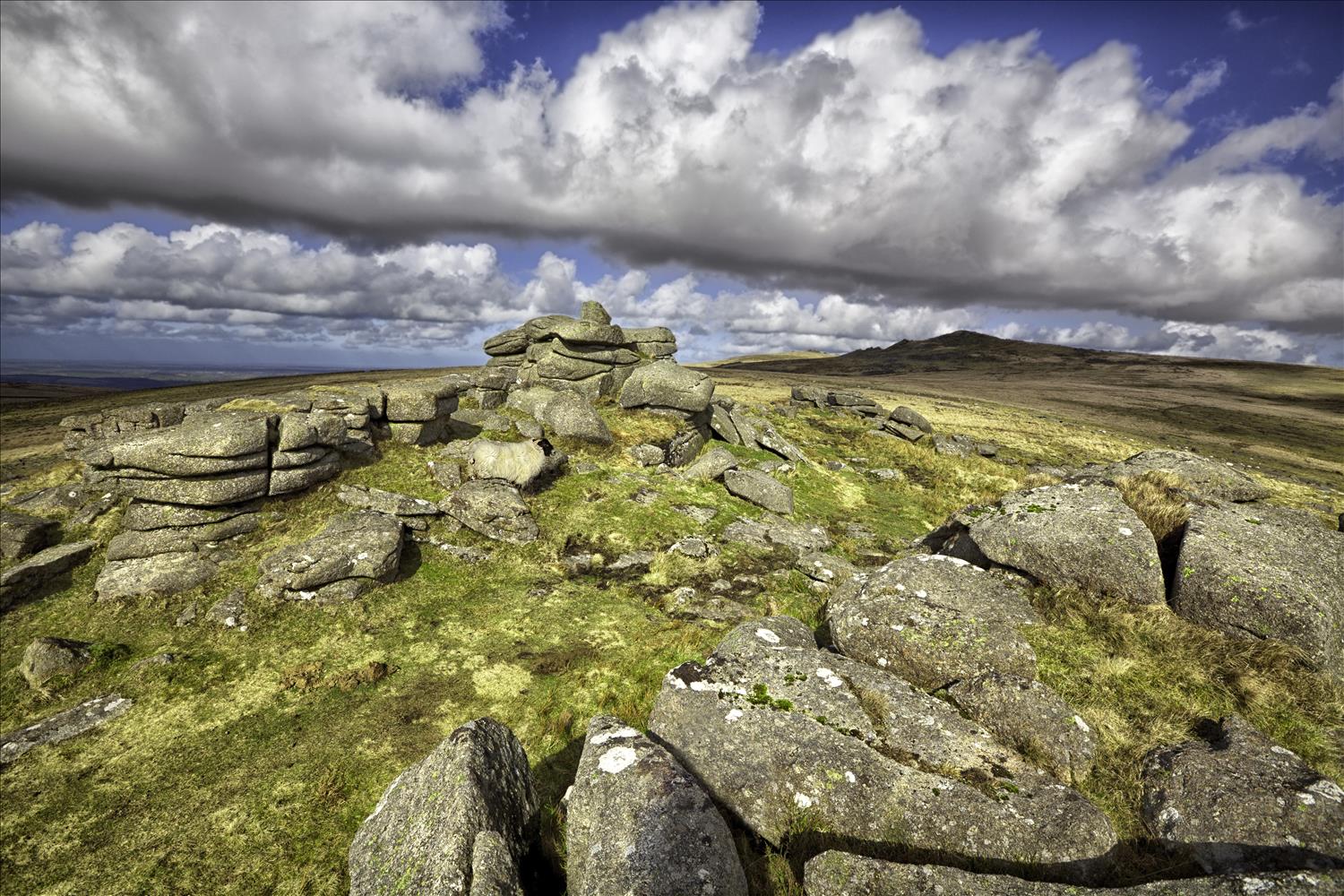
Rosemary Cottage | Dittisham
Places to visit

The River Dart
As Dittisham sits on the River Dart it would be remiss not to feature the River Dart itself as a place to visit. The Dart can be visited by ferry from Dittisham in a scenic 30-minute journey upstream to Dartmouth. Book your ferry both ways in high summer season. The journey takes you close to the Greenway grounds, passing the Anchorstone rock, Noss Creek and the marina, then Old Mill Creek just before you see the Brittania Royal Naval College on the hill side and you reach Dartmouth. To travel upstream from Dittisham, we recommend a self-drive motor-boat or a kayak. If you travel upstream you have Stoke Gabriel and then the creek where the Harborne River flows into the Dart (along this branch you can reach the Maltsters Arms depending on the tide). Further north in the direction of Totnes you’ll find Sharpham Estate with its vineyard and café. Of course, just opposite Dittisham is the National Trust property, Greenway, once home to Agatha Christie.

Dartmouth
Dartmouth is an historic and charming town at the mouth of the River Dart and as a deep-water port for sailing vessels, the town was of strategic importance for hundreds of years. During the Crusades it was a sailing point and War fleet creek is named after the fleets that assembled there. For over 600 years Dartmouth Castle has guarded the entrance to the port. Bayard’s Cove is Dartmouth’s oldest wharf and the cobbled quayside is where the Mayflower moored in 1620. There are many historic and attractive buildings in the town, reflecting the town’s economic importance over the years: Agincourt House by the Lower Ferry, the Butterwalk with its wooden fascia and granite columns, and the Royal Castle Hotel that dates from 1639. Today there is a wealth of fascinating sites to visit, including the Castle, St Saviour’s Church, the Brittania Royal Naval College as well as many independent retailers selling local arts and crafts, clothes and artisan foods. There is fine dining at Mitch Tonks’ The Seahorse, fish and chips from Rockfish, pub food and curry nights at the Royal Castle Hotel, and many more to choose from. There are public tennis courts, walking trails, and boats for hire.

Nearby beaches
There are two secluded cove beaches in Dartmouth town itself, Castle Cove and Sugary Cove, next to Dartmouth Castle. However, just four miles from Dartmouth is the stunning beach of Blackpool Sands. This is an award-winning shingle cove with water sports equipment for hire, lifeguards on site during the summer and the Venus Café. Further along the coast from Blackpool Sands are Slapton Sands, a long stretch of sand stretching from Torcross to Strete, flanked by the Slapton Ley Nature Reserve and of historical significance as the location of 1944 Exercise Tiger, a rehearsal for D-Day. A Sherman tank recovered from the sea stands on the road behind the beach at Torcross.
One of the best, natural, sandy beaches is a drive of about 30 minutes from Dittisham and that is Bantham. A glorious, natural location, with sand dunes behind the beach, the estuary of the River Avon to one side, and a view of Burgh Island at Bigbury across the water. Access to the beach is on private land and you will pay for a day’s parking for access to the beach. Lifeguards are on duty in the summer and this is a beach renowned for its surf. Not far from Bantham is the beach at Thurlestone and South Milton Sands. The car park is owned by the National Trust, but the beach is gently sloping and sandy. The South-West coast path links Bantham with South Milton Sands and this is a really beautiful walk.

Dartmoor